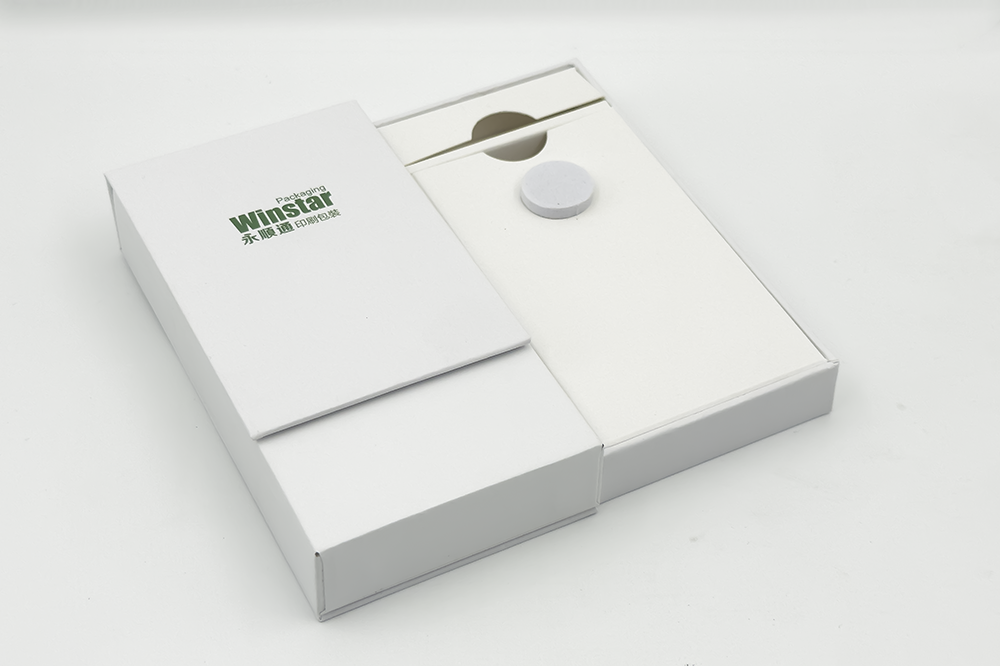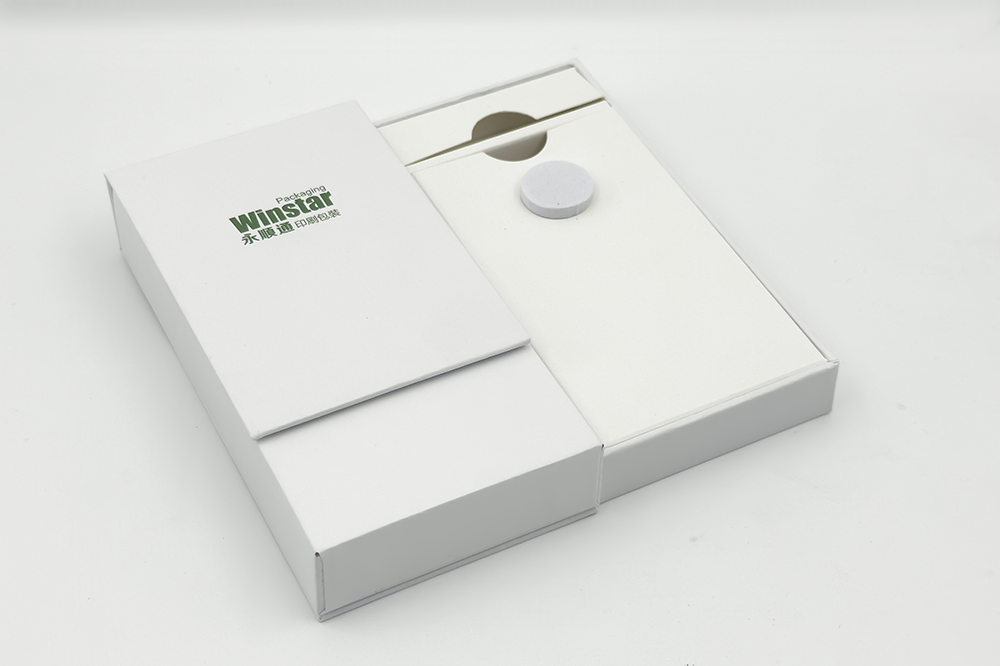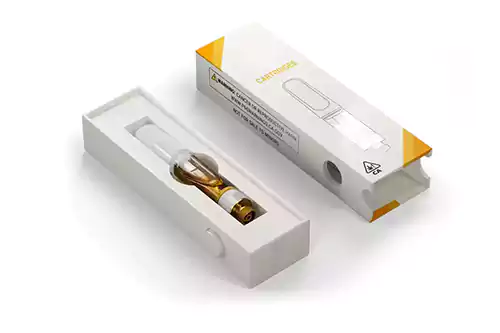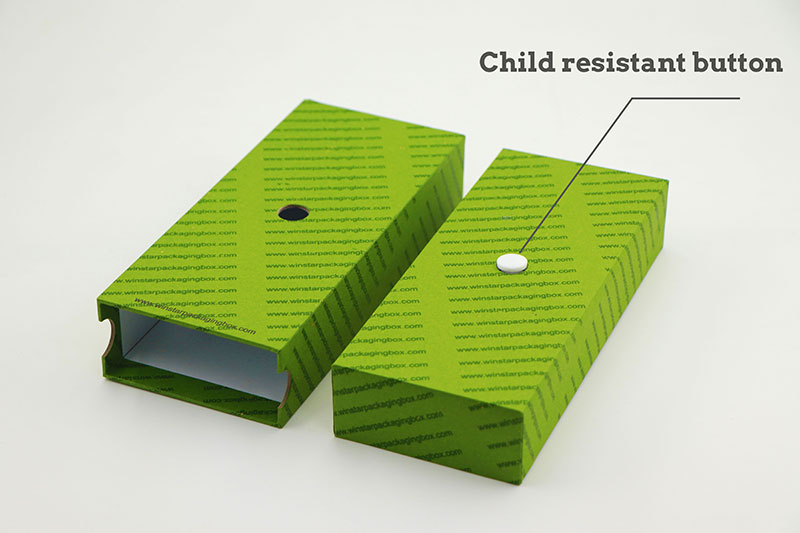Introduction
Child safety is of utmost importance when it comes to packaging, especially for products that pose a risk to children, such as medications, chemicals, and certain household items. In this blog post, we will delve into the concept of child-resistant packaging, explore the criteria set by the Environmental Protection Agency (EPA), discuss methods to determine if a package is child-resistant, and address the effectiveness of child-proof containers. Let's dive in and learn more about this crucial aspect of product safety.

1. What qualifies as child-resistant packaging?
Child-resistant packaging refers to packaging that is designed and constructed in a way that makes it difficult for children, typically under the age of five, to open or access potentially harmful substances within it. The packaging must meet specific criteria and undergo rigorous testing to be considered child-resistant. Some common features of child-resistant packaging include:
Special closures: Child-resistant packaging often includes closures that require a series of coordinated actions or multiple steps to unlock or open. Examples include push-and-turn caps, squeeze-and-slide mechanisms, or press-and-twist lids.
Barrier mechanisms: Child-resistant packaging may employ barriers such as blister packs, foil seals, or child-resistant films to prevent direct access to the contents.
Complexity and strength: The packaging is designed to be challenging for young children to manipulate due to factors like complex locking mechanisms, sturdy materials, or the need for significant force to open.
Accessibility for adults: While child-resistant, the packaging should still be accessible for adults with normal strength and dexterity. Adults should be able to open the packaging using the instructions provided.
2. What is the EPA criteria for child-resistant packaging?
The Environmental Protection Agency (EPA) has specific criteria for child-resistant packaging, particularly for products such as pesticides and hazardous chemicals. The EPA's criteria aim to ensure that the packaging effectively prevents access by young children. Here are some key aspects of the EPA's criteria:
Accessibility for Adults: The packaging should be designed to be reasonably easy for adults to open and close. It should not require excessive strength, dexterity, or specialized tools.
Resistance to Child Tampering: The packaging should be resistant to child tampering, making it difficult for children under a certain age to open or access the contents. It should withstand the typical exploratory behaviors of young children, such as biting, squeezing, or pulling.
Child Resistance Testing: Child-resistant packaging must undergo rigorous testing according to established standards, such as those set by the Consumer Product Safety Commission (CPSC). This testing evaluates the package's ability to resist opening by children of a specific age group.
Compliance with Standards: Packaging must meet the specific requirements outlined by the EPA for the product category it falls under, such as pesticides or hazardous chemicals. These requirements are established to ensure a consistent level of child resistance across similar products.
3. How can you tell if a package is child-resistant?
To determine if a package is child-resistant, you can look for certain indicators and features that demonstrate its compliance with child-resistant standards. Here are a few ways to assess if a package is child-resistant:
Packaging Labels: Look for labels or markings on the packaging indicating that it is child-resistant or meets specific safety standards. These labels are usually displayed prominently and may include phrases such as "Child-Resistant Packaging" or display a symbol representing child safety.
Special Closures: Child-resistant packaging often incorporates unique closure mechanisms that require specific actions or multiple steps to open. These closures may include push-and-turn caps, squeeze-and-slide mechanisms, or press-and-twist lids. They are designed to be challenging for young children to manipulate but accessible for adults.
Safety Features: Child-resistant packaging may include additional safety features like blister packs, foil seals, or child-resistant films that act as barriers to prevent direct access to the contents. These features add an extra layer of protection.
Testing and Certification: Child-resistant packaging undergoes rigorous testing to ensure its effectiveness. Look for packages that have been tested and certified by regulatory bodies such as the Consumer Product Safety Commission (CPSC) or other authorized organizations. Certification marks or seals may be displayed on the packaging to indicate compliance.
Instructions for Opening: Child-resistant packaging often includes clear instructions on how to open it properly. These instructions may be printed on the packaging or provided in accompanying materials. They guide adults on the correct steps to open the package safely.
4. Are child proof containers really child proof?
While child-proof containers are designed to be difficult for children to open, they are not entirely infallible or "child-proof" in the literal sense. Determined and persistent children may still be able to open some child-proof containers given enough time and effort. It is crucial to understand that child-proof containers are intended to create an additional barrier and delay access, providing an extra layer of protection against accidental ingestion or exposure to potentially harmful substances.
Child-proof containers often incorporate specialized closure mechanisms, such as push-and-turn caps, combination locks, or squeeze-and-slide mechanisms. These closures require specific actions or a combination of movements to unlock or open the container. They are designed to be challenging for young children to manipulate but accessible for adults.
However, it is important to note that child development and capabilities can vary. Some children may possess above-average strength, dexterity, or problem-solving skills, which could potentially compromise the effectiveness of certain child-proof containers. Additionally, improper use, storage, or damage to the container may also impact its child-resistant properties.
To ensure child safety, it is essential to combine the use of child-proof containers with responsible adult supervision and proper storage practices. Keep potentially hazardous substances out of reach and sight of children, preferably in locked cabinets or storage areas. Remember, child-proof containers are an additional safety measure, but they should not replace the need for adult vigilance and precautions.
5. What is the F value in child-resistant packaging?
The "F value" in child-resistant packaging refers to a measure of the force required to open a child-resistant package. It is used in testing and evaluating the effectiveness of child-resistant closures or mechanisms.
When conducting child-resistant packaging testing, the F value represents the force in pounds (lbs) or newtons (N) that needs to be applied to the closure or packaging system to successfully open it. The higher the F value, the more force is required to open the package, making it more difficult for young children to access its contents.
The F value is determined through standardized testing protocols and is often specified by regulatory agencies like the Consumer Product Safety Commission (CPSC). The testing involves using a force gauge or similar device to measure the amount of force needed to open the child-resistant closure.
By setting specific F value requirements, regulatory bodies aim to ensure that child-resistant packaging provides an appropriate level of resistance to young children while remaining accessible for adults. Packaging that meets the specified F value requirements can be labeled and marketed as child-resistant, indicating that it has undergone testing and meets recognized safety standards.
6. Is special packaging defined to be child-resistant or childproof?
Special packaging is generally defined to be child-resistant rather than childproof. While the terms "child-resistant" and "childproof" are sometimes used interchangeably in colloquial language, they have distinct meanings when it comes to packaging safety.
Child-resistant packaging refers to packaging that is designed and constructed in a way that makes it difficult for children, typically under the age of five, to open or access potentially harmful substances within it. It is intended to provide an additional barrier and delay access, reducing the risk of accidental ingestion or exposure.
On the other hand, childproof implies that the packaging is entirely impervious to child access, which is virtually impossible to achieve. No packaging can guarantee absolute childproofing, as there is always a possibility that a determined child may eventually figure out how to open it.
Special packaging, therefore, focuses on being child-resistant rather than childproof. It incorporates features such as complex closure mechanisms, barriers, or other design elements that increase the difficulty for young children to open the package but remain accessible for adults with normal strength and dexterity.
It's important to emphasize that child-resistant packaging is an important safety measure, but it should never replace responsible adult supervision and proper storage practices. By combining child-resistant packaging with adult vigilance, we can better protect children from accidental exposure to potentially harmful substances.
Conclusion
Child-resistant packaging plays a vital role in safeguarding children from accidental ingestion or exposure to potentially harmful substances. By adhering to the criteria set by regulatory bodies like the EPA, manufacturers can provide packaging that is difficult for young children to open while remaining accessible for adults. However, it is crucial to remember that child-resistant packaging is not infallible, and responsible adult supervision and storage practices are necessary to ensure child safety.




